Flower Spring, the name associated with the majestic Truong Son Dong moutain.This is one of the attractive destinations in Vietnam that nature endowed with adequate human elements to create eco-tourism such as rivers, streams, mountains, forests, waterfalls, lakes, … with the animal population is very diverse and rich.
Highlights of Flower Spring is the flower forest covered a large area and form a very comfortable feeling for guests. Flower Spring of forest sites along a spring bloom red brick pride and honor in the land of sky blue. At the place, the stream confluence with the East River after crossing the waterfall from a height of several hundred meters retain the purity of water and carry the headwater of the great cool thousand primary Ba Na – Mountain of God. Indeed, Flower Spring has never been dry, even on the most severe droughts in the Central Region.
Flower Spring is located in Hoa Phu Commune, Hoa Vang district, Da Nang with the people of Co Tu ethnic gentle, patriotic tradition and hospitality, always maintaining a sense of majestic mountains. Flower Spring has a cool climate all year round, ideal for the reunion fun, rest and recuperate. Located about 35 kms from Da Nang, Flower Spring is a good location for outdoor activities and family nature of collective manner through the night or go on the day.
Early in 1992 after the Danang People’s Committee approved Flower Spring Resorts project, Phuoc Hung Company started work on clearing the jungle area of original forest on 40 hectares of hilly land. Clearing medium build, medium maintained by a Flower Spring system is pristine waterfall, nature, a majestic natural beauty. Tourism zone gradually formed. The surrounding mountains seem to became more imposing, more luxurious vegetation with the services arranged skillfully. All make a wonderful harmony between nature and man.
After five years of development effort, on 29/03/1997, Flower Spring Ecological Resort operated officially. Since then, Flower Spring Ecological Resort have been recepted tens of thousands of foreign and domestic visitors. During the operation, Flower Spring Ecological Resort gradually improves the service type matches the green space, clean, bold and modern ecological, improves in service quality to meet the increasing demand of travelers in Vietnam travel.
In the near future, Flower Spring Ecological Resort is going to continue to invest in further development and construction projects more than entertainment, resorts, villas, expand and enhance the quality of service to reply emotion, attention and trust of partners and the tourists in Vietnam tourism.
» Also you like our Travel to Vietnam
» Also you like our Travel to Vietnam







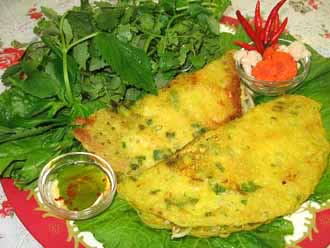
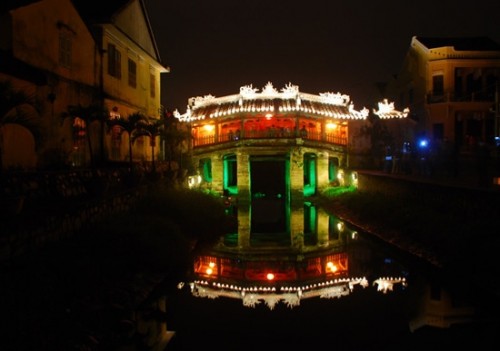
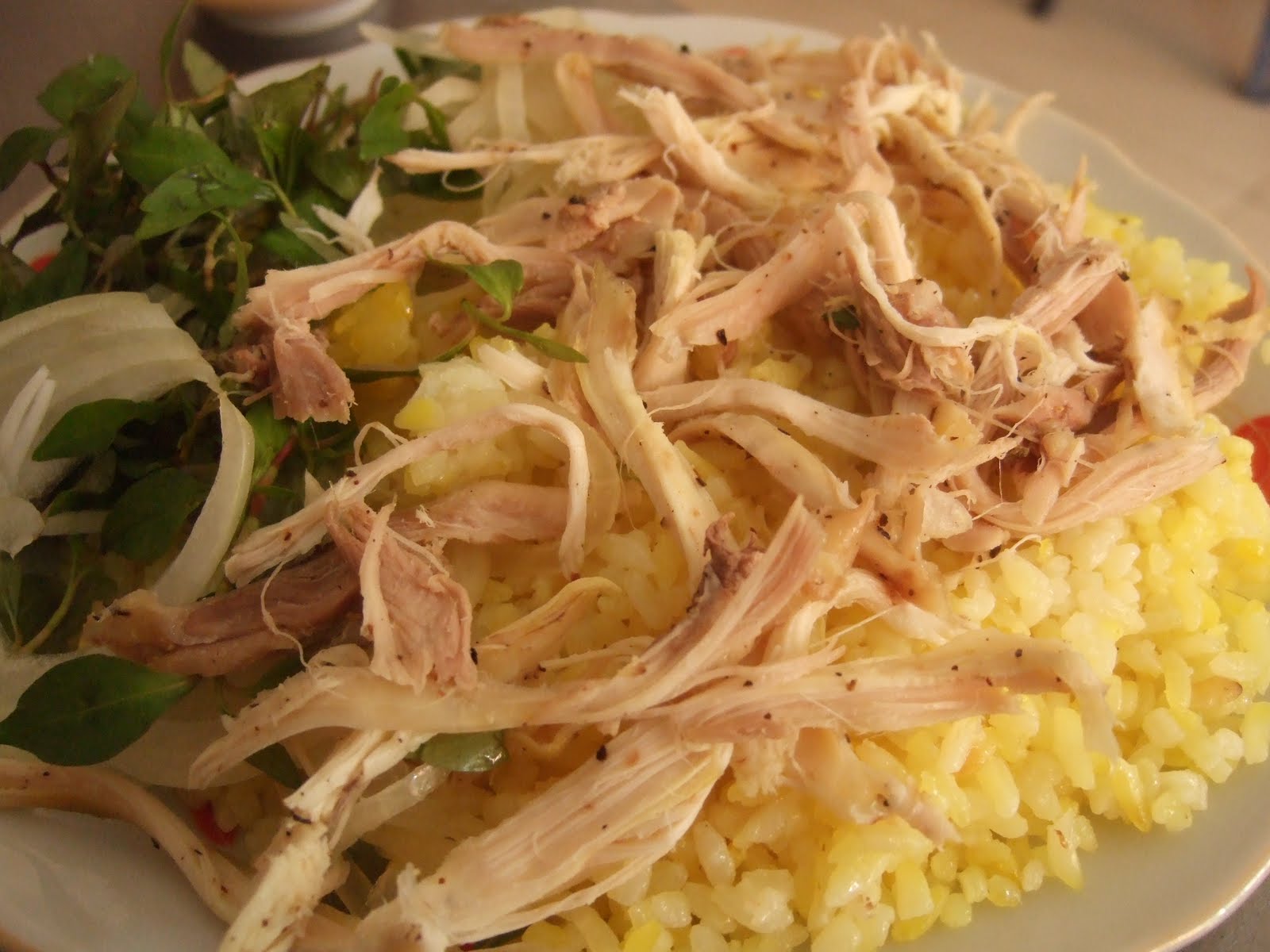
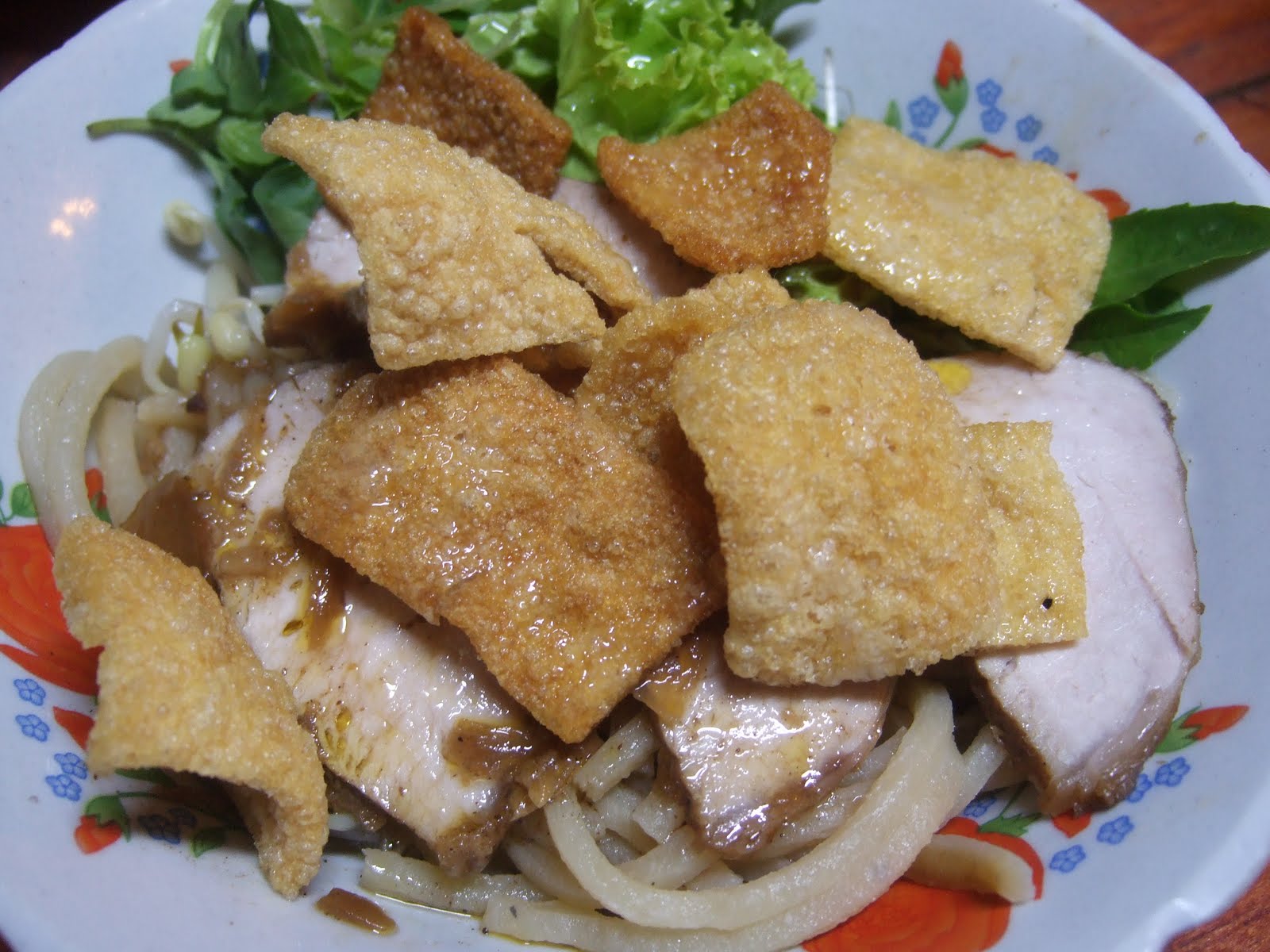
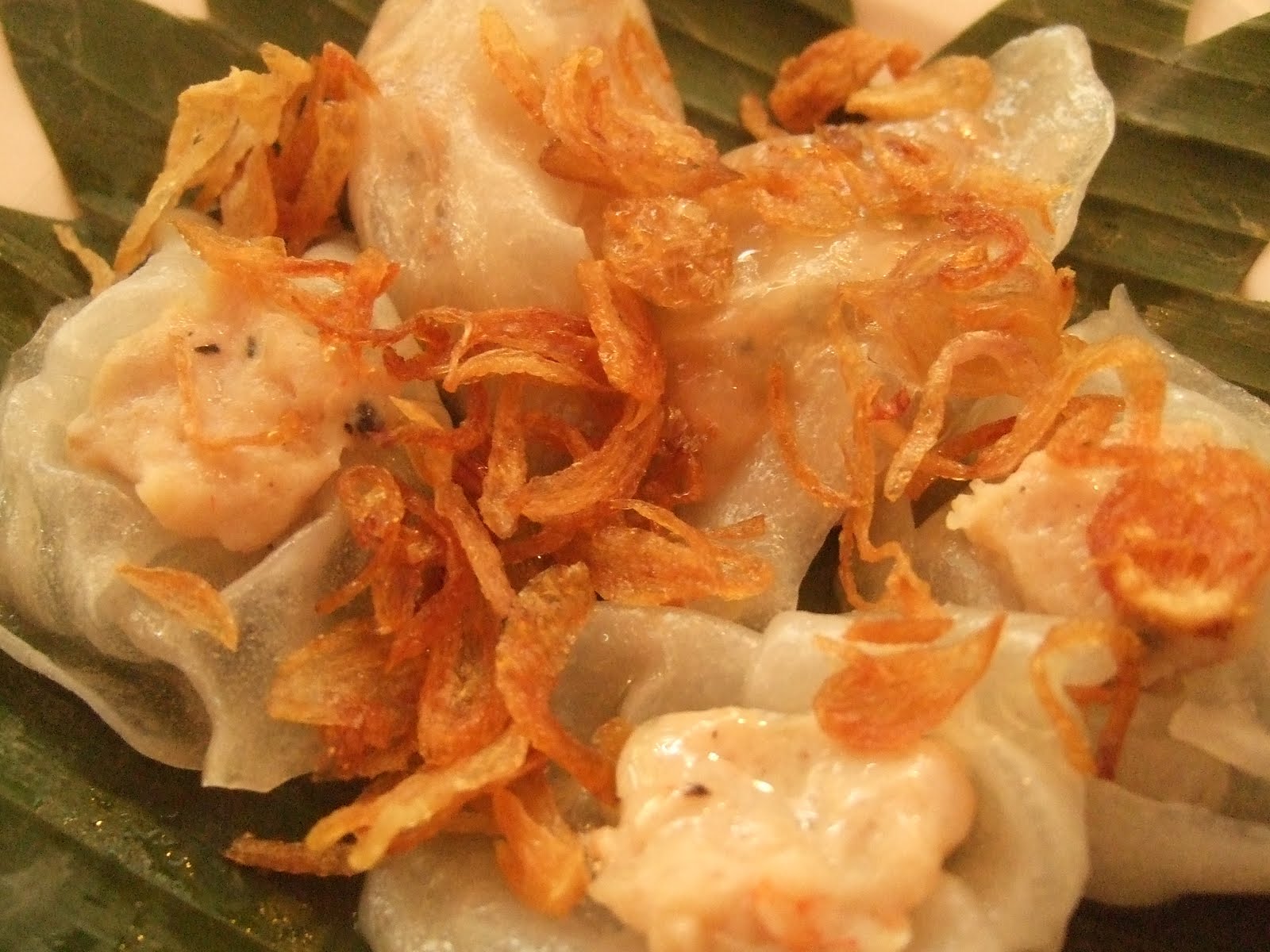
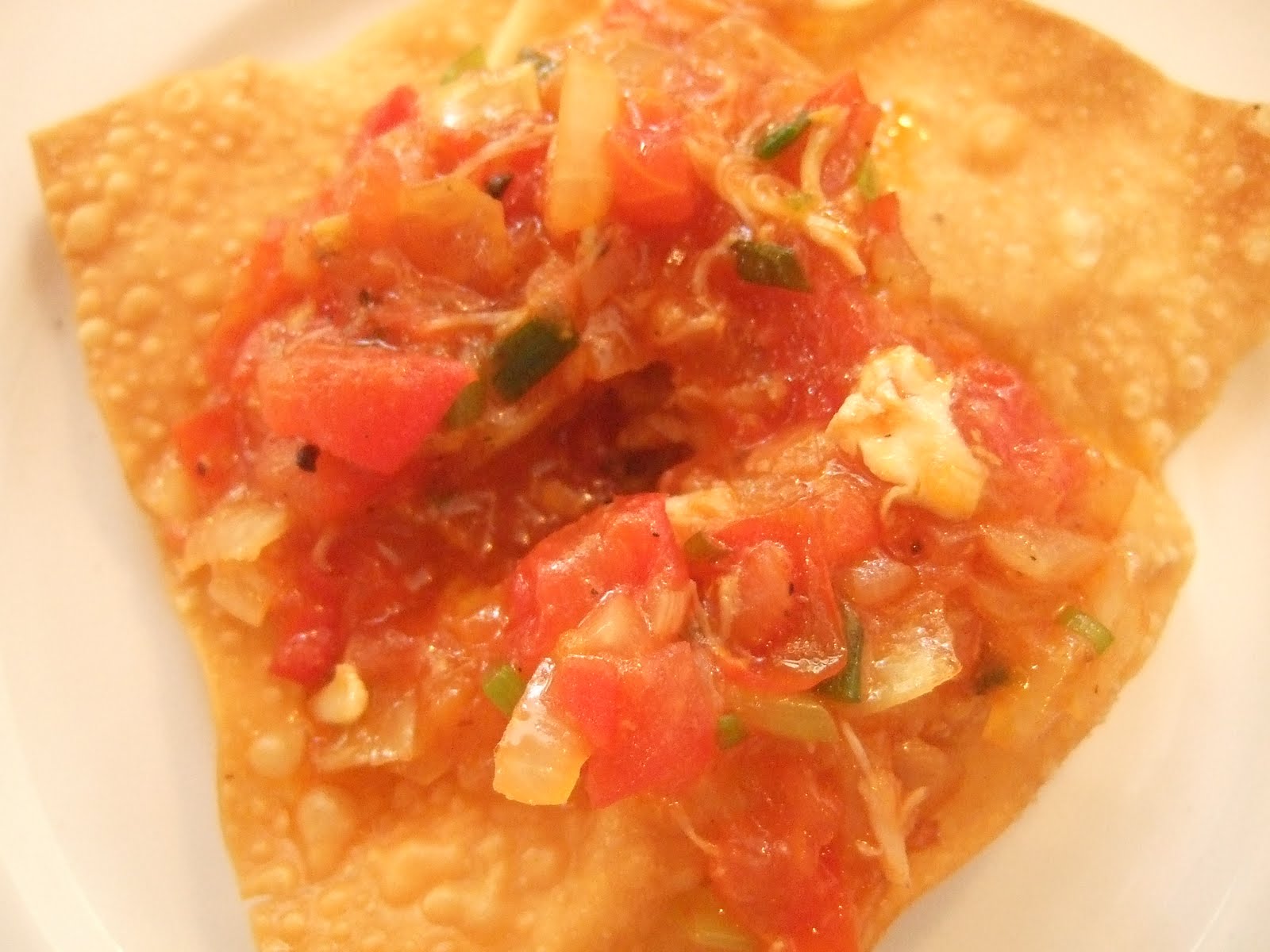
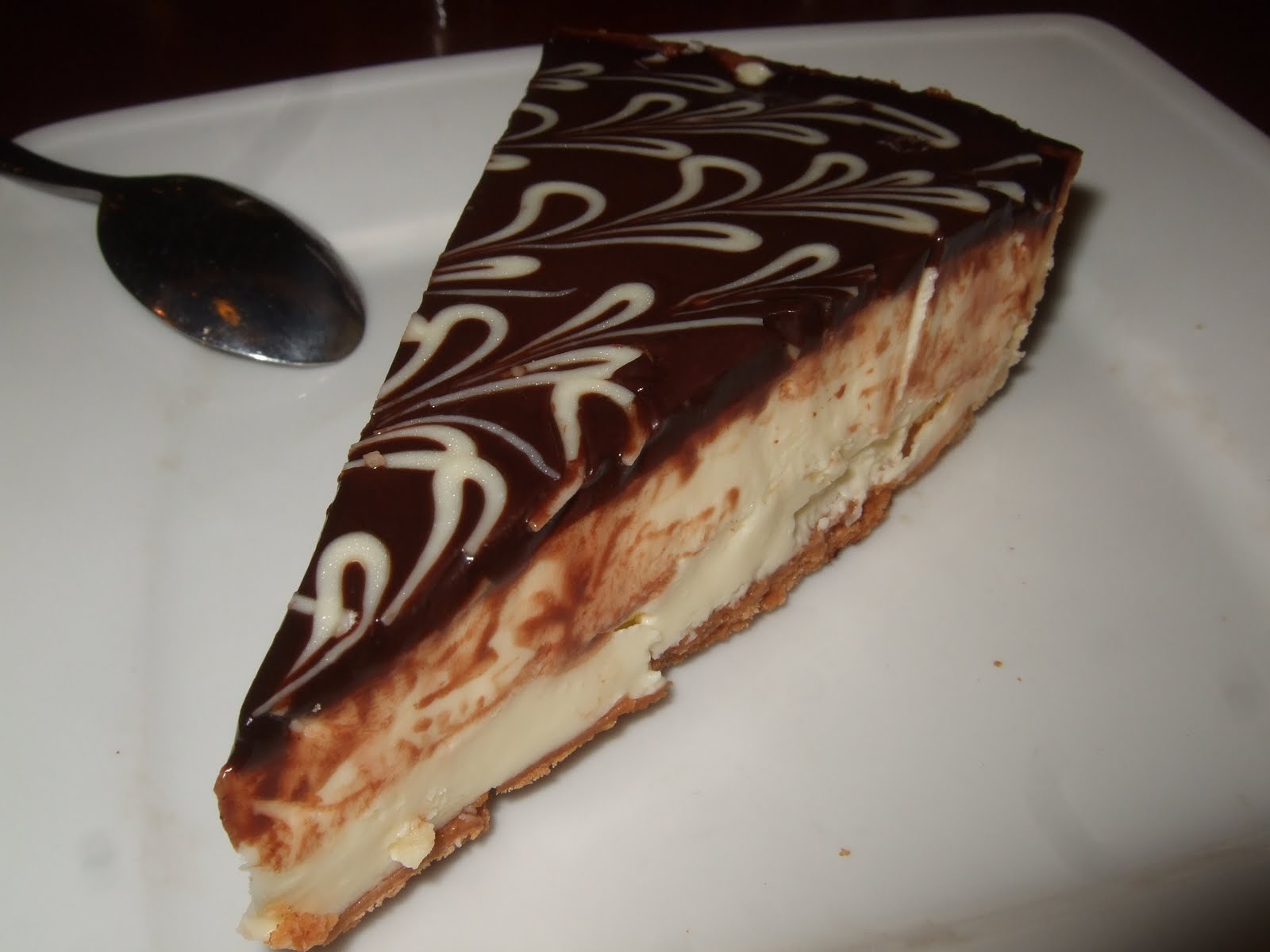
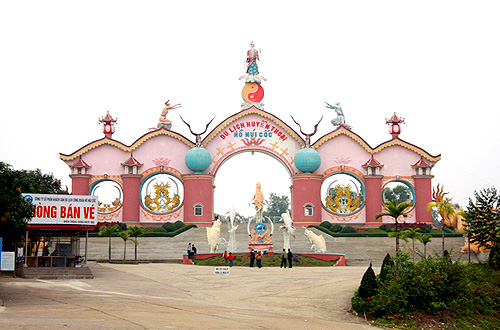
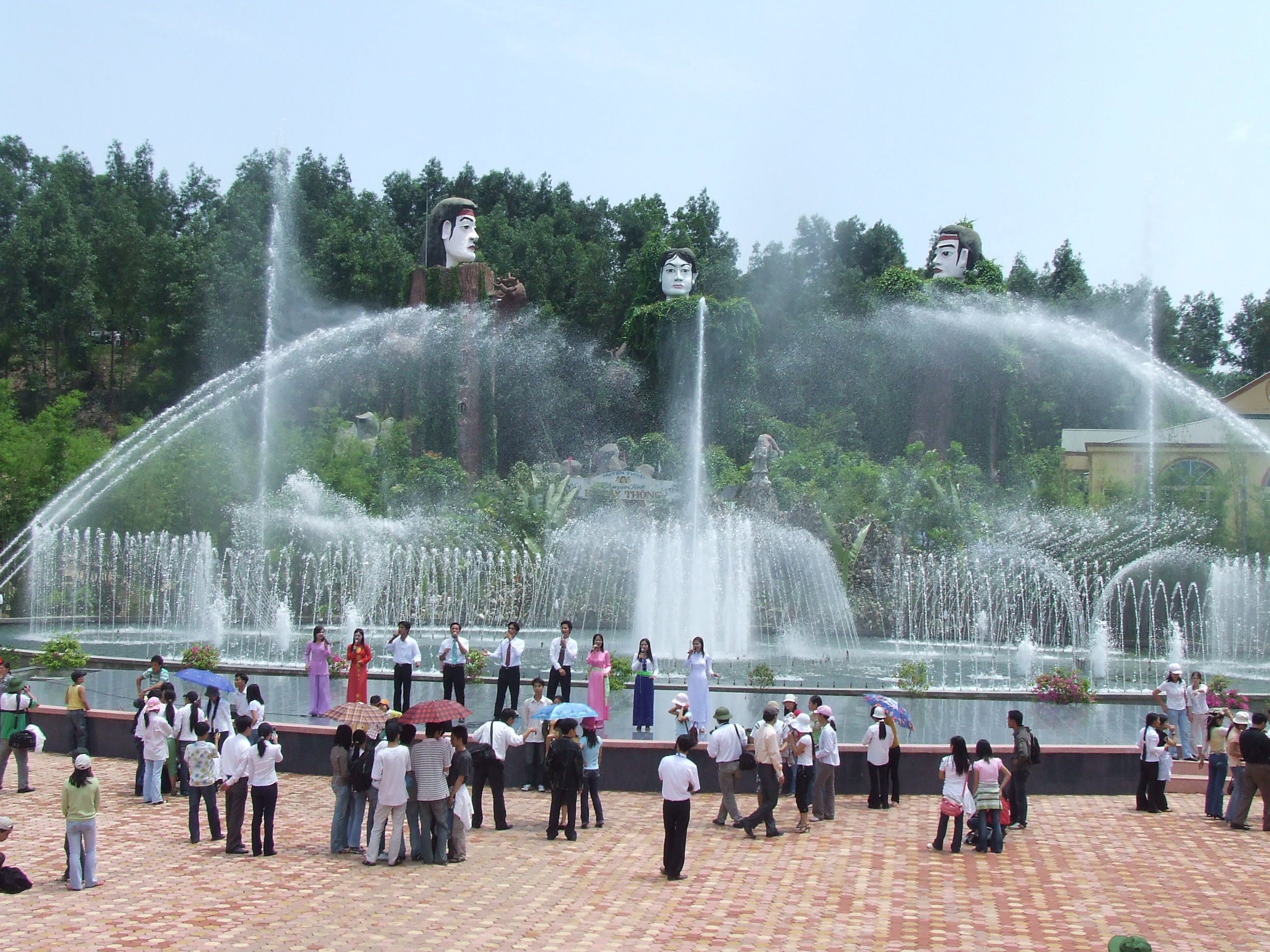
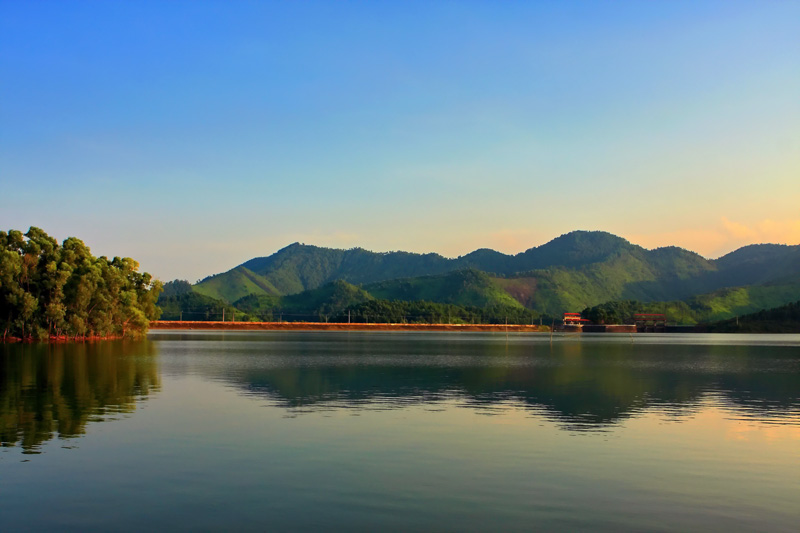
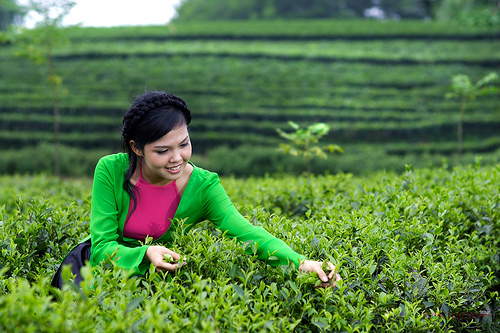

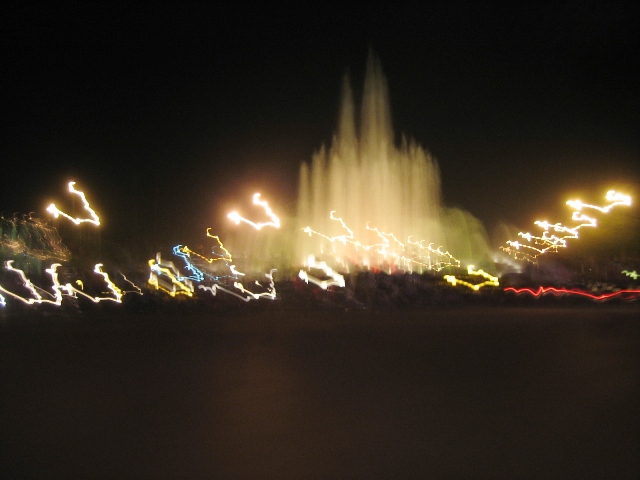

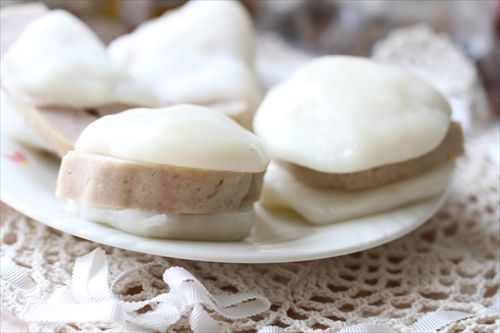
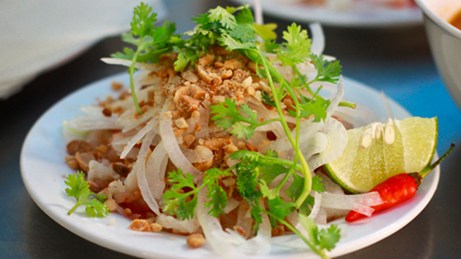
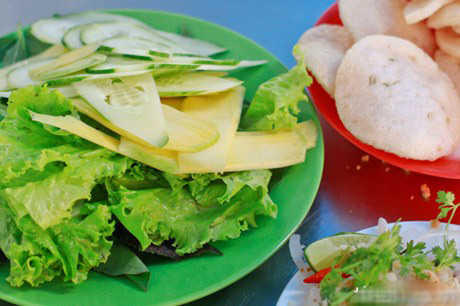
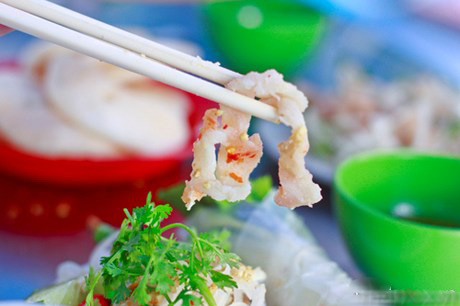
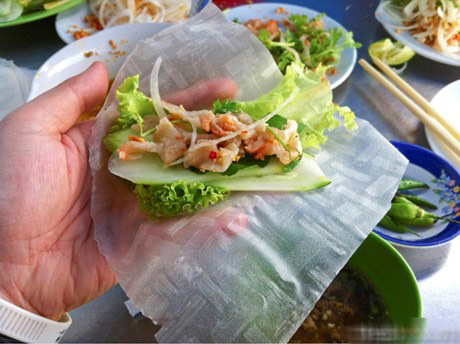
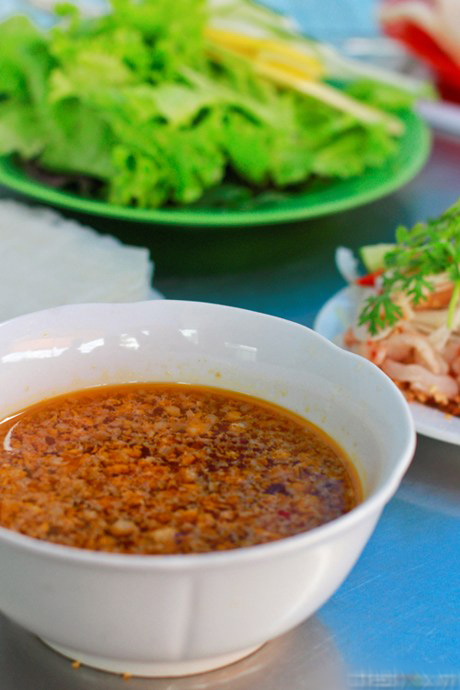
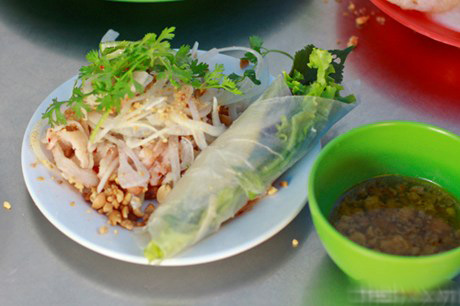








 “Mắm tôm” or Shrimp paste is popular in many parts of Asia including Vietnam. As a matter of fact, it has long been in the list of “worst smelling foods in the world”. I know what some of you may react to this dish: “Ewww”, but come on. one of the reasons why you travel is to see (hear, smell, taste, feel) the world in all its diversity, isn’t it? So why not give “mắm tôm” a chance?
“Mắm tôm” or Shrimp paste is popular in many parts of Asia including Vietnam. As a matter of fact, it has long been in the list of “worst smelling foods in the world”. I know what some of you may react to this dish: “Ewww”, but come on. one of the reasons why you travel is to see (hear, smell, taste, feel) the world in all its diversity, isn’t it? So why not give “mắm tôm” a chance?